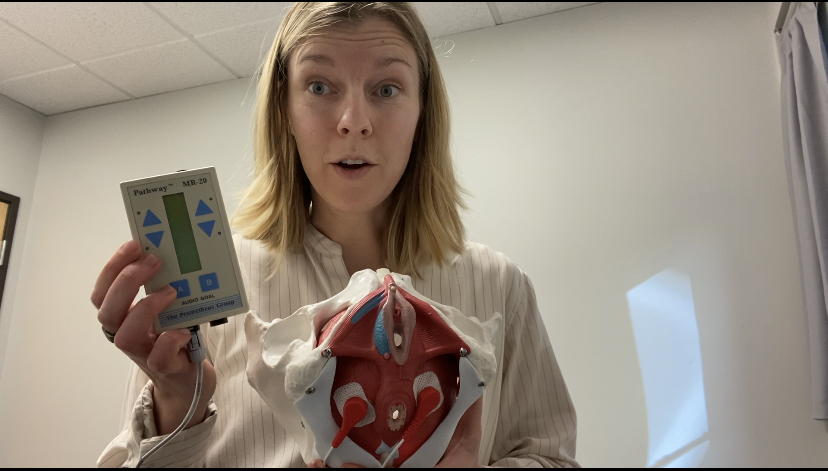Utilizing the Potential of Biofeedback to Revolutionize Chronic Pain Control and Enhance Quality of Life
Utilizing the Potential of Biofeedback to Revolutionize Chronic Pain Control and Enhance Quality of Life
Blog Article
Persistent discomfort is a syndrome that affects millions of individuals around the globe. It can be triggered by multiple elements, including injuries, diseases, or even stress. For many individuals, managing chronic pain can be a constant struggle that impacts their quality of life. Conventional treatments often include drugs, physiotherapeutic therapy, and occasionally surgery. However, these approaches do not always offer the alleviation that individuals desire. Lately, biofeedback has emerged as a promising option for managing chronic pain and enhancing overall well-being.
Biofeedback is a method that teaches individuals how to control certain bodily functions by utilizing signals from their own bodies. This method includes employing sensors that monitor physiological functions such as heart rate, muscle tension, and skin temperature. By providing immediate feedback, patients can learn to identify their body's reactions to pain and stress. This consciousness allows them to develop strategies to manage their pain more efficiently. For example, if a patient observes that their muscle tension increases when they are in pain, they can practice relaxation techniques to help alleviate that tension.
One of the key benefits of biofeedback is that it empowers individuals to take an proactive role in their pain control. Instead of relying solely on drugs or treatments from medical providers, patients can gain to comprehend and regulate their own physiology. This feeling of control can lead to enhanced confidence and a more positive outlook on life. Many individuals report feeling more in charge of their pain and less like victims of their syndrome. This change in perspective can substantially improve their standard of life.
Studies has demonstrated that biofeedback can be beneficial in alleviating chronic pain indicators. Studies suggest that patients who employ biofeedback methods often undergo less pain and better physical ability. Additionally, biofeedback can help this post lessen anxiety and stress, which are frequent concerns for those dealing with chronic pain. By tackling both the physical and psychological aspects of pain, biofeedback offers a comprehensive approach to pain management. This integrated method can lead to superior outcomes for individuals, allowing them to participate more completely in their routine activities.
In summary, biofeedback is a significant tool for revolutionizing chronic pain management. By teaching individuals to understand and control their physiological responses, biofeedback empowers individuals to take control of their pain. This method not only helps alleviate pain but also improves overall standard of life. As more people seek alternatives to traditional pain management methods, biofeedback stands out as a potential solution. With ongoing investigation and awareness, biofeedback could become an integral part of chronic pain therapy, helping individuals lead healthier, more fulfilling lives.